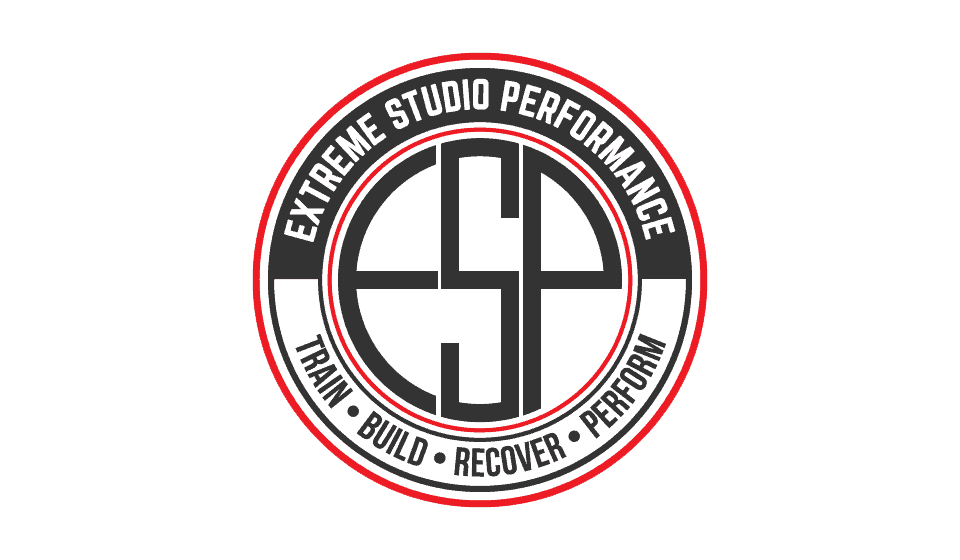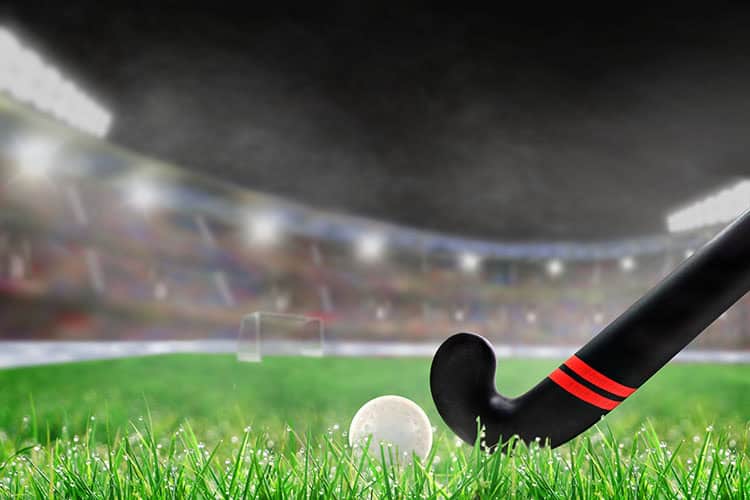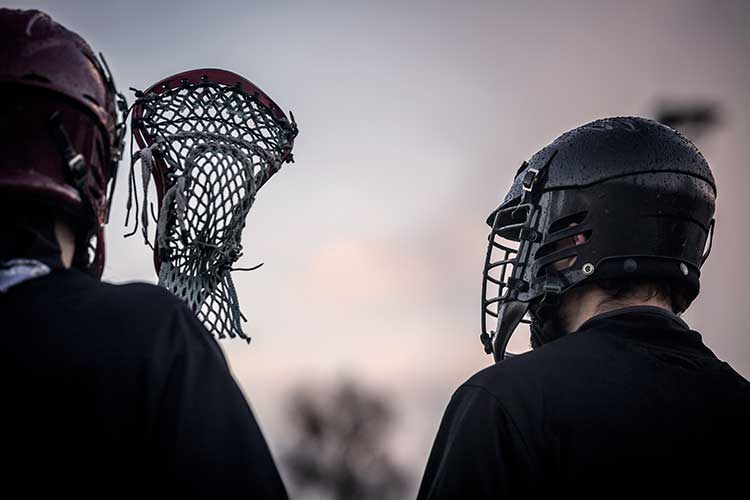All teams begin here to ensure that their bodies are ready to handle the plethora of stresses that will be thrown at them during the course of their current phase of training. An original and custom team movement screen and performance testing is included in this phase, as well as rigorous corrective training to improve joint stability and mobility, flexibility, core strength and trunk stability, and nutrition education resources.
Team Sports
TEAM SPORTS PROGRAMS
General Physical Preparedness – (GPP)
Program Calendar
Below is a seasonal calendar that will give you a general sense of which programs are implemented and when, in relation to the sport. These programs are based on the typical scholastic sport seasons just to give you an idea, although we are very aware of club/select teams and seasons, and the difference in timing and length of season for collegiate and professional teams. Frequency of training in each phase/season will vary based on a multitude of factors. For more information on your specific sport, please reference sports available listed below or contact us.
IN – In-Season
OFF – Off-Season
ALT – Alternate Season: club league, select teams, Fall ball, Spring ball, etc.
CAMP – Training Camp: typical of Fall sports, “2-a-days”
Strength – (STR)
As teams and athletes age and mature, their speed, skills, and overall potential will be limited to how strong they are. While strength is not the ultimate goal of any team sport, it is a measure of potential of a team or athlete. Many biomotor abilities stem from and fall under the umbrella of the category of strength at ESP. A few of these include muscular hypertrophy training, muscular endurance, power, speed endurance, speed, muscular pliability, and explosiveness. Our methods of stressing the body’s strength systems don’t stray far from the most efficient and scientifically proven exercises and movement patterns, in addition to those that relate directly to the athlete’s sport. Because of the magnitude of the implied benefit that we know these methods will have on the athlete, we also acknowledge the alternate potential for injury that the power of these stresses possess. Our coaches work diligently to bring the sharpest attentiveness, the science of proper form and biomechanics, and relatable coaching cues to the weight room every day.
At ESP, strength training is programmed to have the highest stress on teams during their off-season, as to promote lean muscle mass gains at the appropriate time – not negatively impacting their performance during their season. However, there is always a strength maintenance phase that occurs during the season to facilitate the amount of strength and muscle mass the athlete can keep throughout the course of their season.
Speed, Agility, Quickness – (SAQ)
Due to the high impact, plyometric and ballistic nature of these three skill sets, SAQ training must be of high quality and efficacy, and generally low volume. Our coaches at ESP don’t just know the science behind SAQ training but were also once athletes who played team sports at a high level and understand exactly how to make this training phase most meaningful.
Speed development can have extreme benefits to a team sport athlete, but movement efficiency in using correct form and technique in sprinting can actualize an athlete’s potential maximum speed – both of which will be practiced. Agility is dependent on the athlete’s ability to apply attention to posture, change of speed, unilateral strength, and change of direction simultaneously. We take these processes and break them down into simplified steps so that the athlete can master them individually before we turn the attention to quickness… which can be thought of as agility PLUS speed. How fast can the athlete change directions without losing speed or wasting time? At ESP, we coach our athletes exactly how.
Because SAQ is so integral in team sports, there is very little supplemental training during the season. During the remainder of the year, SAQ is programmed to have the athletes peak multiple times for maximum gains in all three abilities. Therefore, SAQ will see overlap in other phases during all seasons of the year.
Conditioning – (CON)
Although aerobic and anaerobic endurance demands for each sport differ greatly from sport to sport, almost all forms of conditioning have a residual training effect that degenerates at a rate faster than other abilities such as strength or coordination. Because of this phenomenon and the metabolic demands of being conditioned, most programs at ESP will condition athletes at an increasing rate from almost no conditioning at all as the respective season approaches.
Recovery – (REC)
As another foundational concept of ESP (“TRAIN. BUILD. RECOVER. PERFORM.”), recovery is not as simple as ice baths and stretching. Recovery for the athlete is actually defined as the possibility of every other moment in time outside of training being dedicated to the preparation for the next training session or performance. And this is exactly how we think of it. Recovery at ESP includes but is clearly not limited to active and passive stretching, mobility exercises, circulatory and regulatory anti-inflammatory methods of strength training, breathing exercises, yoga, compression therapy, meditation, instruction on cold and heat therapy, nutrition, sleep, and stress management. While reading that may seem like we threw a giant blanket over the rest of life other than sports, our coaches actually take these things and more into consideration when programming for your team.
You will find our implementation of recovery methods acutely before and after training sessions, chronically throughout the course of the season and offseason, day-to-day based on how the athletes are handling their training, and in the form of de-load phases when the program is approaching a change. Therefore, you won’t find (REC) on the schedules, but there are times during the year when we send our athletes home for a period of time to allow their bodies and minds to reset before a shift in the program, often in preparation for the beginning of the season or off-season.
Sports Available
Skill set demands for football players differ greatly by position. However, strength training is a necessity and the younger the team, the more hypertrophy needed in the program. Aside from traditional and modern powerlifting and Olympic lifting methods, specifically grip strength, hamstring strength and neck strength will be heavy in rotation.
SAQ training will be taken care of in practices during the season, but in the off-season it will be implemented more and more as the season grows closer. Conditioning metabolic demands often don’t mesh well with strength training and is also added into the program closer to season. Because of the high levels of muscle mass, strength and impact that football athletes undergo on a regular basis, recovery will be focused on joint mobility and stability.
As soccer is well known as a high cardiovascular output sport, it is also a lower-body dominant sport and one in which Speed, Agility, Quickness training (SAQ) is paramount.
As important as lower body strength training is, it can almost only be practiced in the off-season, due to long regular seasons and club leagues throughout the year. The younger our soccer athletes are, the more they will receive strength training.
Most sessions at ESP, regardless of volume and intensity of resistance training, will be at high tempos and incorporated as cross-training to simulate the aerobic demands of an actual match.
Nutritional and time elements will be most important in recovery for soccer, as well as lower body joint stability and connective tissue health as a close second.
During General Physical Preparedness training (GPP), a rigorous posterior chain strength test and hip extension measurements will be performed in order to determine how much strength training a team will need in order to move as efficiently as the sport needs.
Due to short stick lengths and the constant “bent over” position, field hockey athletes must have extremely flexible hamstring and hip flexors, strong glutes, SI joint and lower back, and must be able to access their maximum possible strength and Speed, Agility, Quickness training (SAQ) from said position.
Mobility and soft tissue work will be staples in recovery as well as spinal stabilization exercises. As far as strength training goes, two specific priorities will be the transverse and anti-rotation trunk strength as well as
Due to the consistency of high volume running, conditioning and SAQ for this sport will often reign supreme in training while strength training will fall secondary. However, done correctly, proper strength training will enhance the SAQ of the lacrosse player. The largest portion of training is generally done during the off-season while minimal necessary strength training is done during the season, as to not put too much physiological stress on the athlete’s body. Due to the great velocities of stick-play at speed in lacrosse, special attention is given to lateral and oblique-sling strength and coordination as well as transverse core strength and kinesthetic dissociation between the hips and upper body. Recovery for lacrosse is often focused towards smart programming: allowing the proper amount of time in between practice, strength training, and conditioning.




